Fantastic Mind Results With Classical Music Appreciation
Classical music appreciation is the ability to listen closely to the elements present in a composition. Apart from the direct benefit of improving your listening skills, you can savor the process of becoming present and mindful.
Living is sometimes challenging. Staying positive and tranquil is what we want most of the time. It’s normal to have ups and downs, and it is sometimes beneficial to let your soul pass through those moments. That way you can build up your resilience and you face life with a positive mindset.
You can build your resilience by engaging in activities that strengthen the mind. Classical music appreciation is one of those activities. Not only the music might elevate your mood, but you would engage in a fantastic mind-blowing analysis. Classical music appreciation challenges your mind to stay present and attentive to notice subtle details in a composition.
What is Classical Music Appreciation
Classical music appreciation is for you to listen with attention. Pick any piece of classical music, find a comfortable spot, and start listening. That is all there is to it. The enjoyment? It could come right away or with practice, but the importance is to start.
When you tune in your senses you can help your mind be where you are. As a consequence, you observe what is occurring at the exact moment where you are. Listening to music has a tremendous influence on your brain. Above all, classical music appreciation engages your brain even further. This is because you have to concentrate completely on what you are listening to.
Be Attentive and Observe
The practice of classical music appreciation is when you analyze all the compositional elements present in the piece you are listening to. That is to say, you listen with attention to a piece of music and you speculate about all its components.
For example, if you listen to a rock song you would probably recognize guitars, drums, and a voice. In a classical music appreciation session, you would also distinguish some instruments. More importantly, you would pay attention to the structure of the composition. Also, you will notice the dynamics and speculate about the time period. You might also get a glimpse of the emotional intentions of the composer.
There is probably no human emotion, no feeling delicate or strong, which has not been brought into the form of classical music.
Gabriel Yoran
The idea is to examine as much as possible the composition. That is to say, to notice all the elements that are present musically. The image below shows the analysis of classical music composition (dynamics, melody, tempo, time period, instruments).
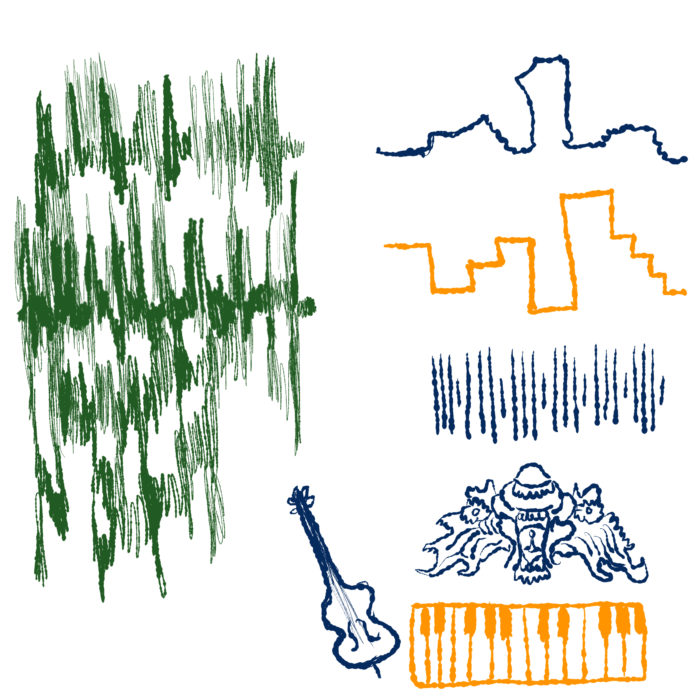
The Pursuit of Classical Music Appreciation
When we accomplish something we feel good. That has a simple explanation: our brain enjoys learning and releases dopamine when doing so. You feel pleasure when you become proficient in any skill. Take advantage of the way your brain works, and start to engage in classical music appreciation.
I think this happens to a lot of us in a lot of subjects. The more you know about it, the more you can enjoy it. This is an invitation to tune into classical music. The more you start to notice the instruments, the structure, and the time period, the more you are going to celebrate it.

Some Benefits of Classical Music Appreciation
Listening to classical music reduces blood pressure. The study is pretty simple: the people who listened to classical music had lower blood pressure than the people who didn’t listen to any music, or even compared to the ones who listened to jazz or pop.
Furthermore, classical music promotes feelings of empowerment. The people who took part in the study, after listening to music, were less depressed and had less pain.
Most importantly, if you actively engage in music analysis, you can activate parts of the brain that regulate your mood. In other words, classical music appreciation makes you calm and reduces sudden mood changes. This, according to the article mentioned above.
Some Elements of Classical Music Appreciation
Instruments
When you learn classical music appreciation, you analyze individual sounds. The timbre or the tone color of the sound is what makes each instrument unique. Pay attention to the sounds and try to determine what instrument you are listening to.
You can classify these instruments by how they sound. For instance, there are three main groups: wind, strings, or percussion.
Wind instruments
The air vibrates inside a body. Think of trumpets, horns, clarinets, flutes, etc. Subgroups are depending on their material. But, for the purpose of this activity, it is fine to consider all the wind instruments into one main group.
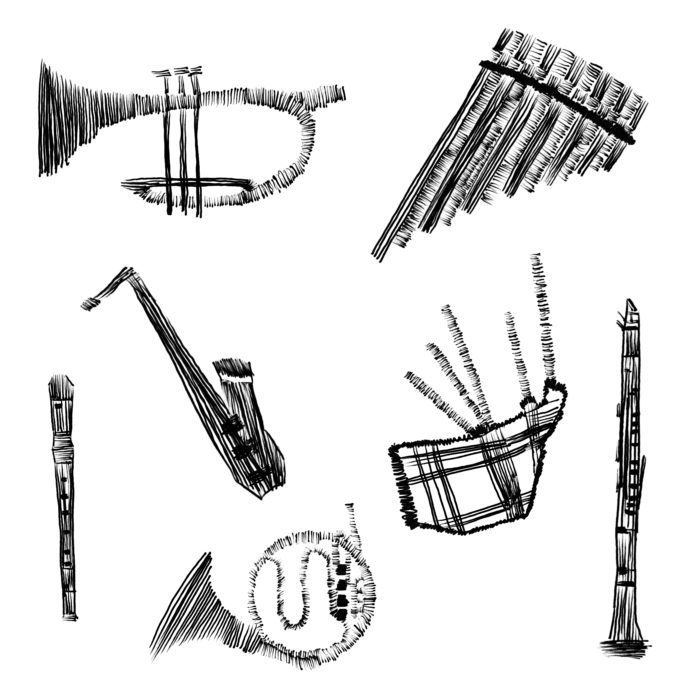
String instruments
These are instruments made with strings, and they can be played in different ways: plucked, (guitars, bass, etc) rubbed, (violin, cello, etc) or hit (piano, harpsichord, etc).
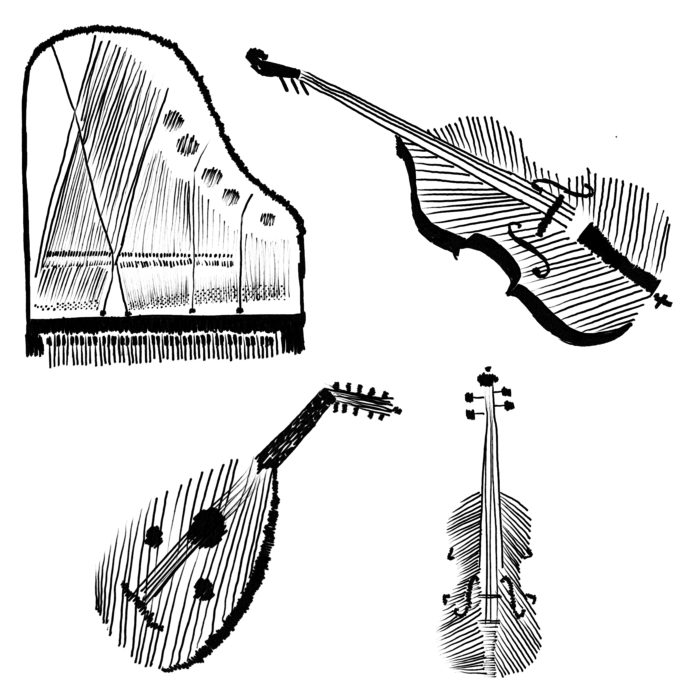
Percussion instruments
The whole instrument is scraped or struck by a beater. Think of membranes (drums) or whole bodies of different materials (cymbals), for instance.
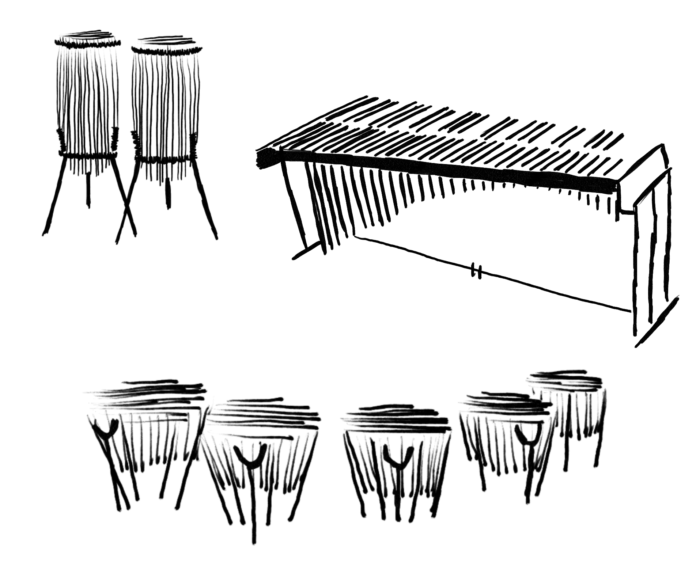
Time Period
To distinguish the time period of a composition requires a lot more knowledge, but you can play with this element. It is fun to speculate and later check to see if you got the answer right.
One of my tricks is to think of simplicity vs complexity. It doesn’t work every time (of course not, and it is totally subjective). But, it can give you a broad clue of the time period.

To clarify, the fewer instruments or elements (abrupt changes in volume, dissonant sounds), the earlier the composition might be. Again, this is very broad and it doesn’t work every time. Also, think the more conservative a composition is, the older it is.
A conservative composition is one where you listen to predictable sounds. To clarify, when you feel what it’s going to come next. Again, this might come with time, but your ability to speculate gives you a good practice to become an expert.
Repetitions
Humming is a great tool for classical music appreciation. You can hum a pattern that you notice in a piece. Once you have distinguished an element that you can relate to, try to look for it throughout the composition.
The ability you will develop is tremendous. You are going to boost your concentration because you are looking for that pattern or motif you found. You are also going to be completely mindful because you are listening closely to the composition. Even further, you will get a dose of dopamine because your brain enjoys looking for repetitions.
Think of Beethoven’s 5th symphony. It is one of the most famous motifs you can listen to in classical music appreciation.

The Beat
Listen closely to the beat or tempo of the composition. Try to mark it continually, as if you were a clock. Once you have that pulse, think if you perceive it slow or fast. Now that you have a notion, you can think of the tempo. They are names in Italian. Very slow (lento) all the way to very fast (presto). If you want to know the exact terms here is a useful link.

Differences between versions
When you finish listening to a musical piece, look for the same one but from a different orchestra or with a different array. For example, you can look for compositions for orchestra arranged for only piano. With this activity, you can start to notice right away the differences. Remember, that the idea of classical music appreciation is to tune in your observation skills.
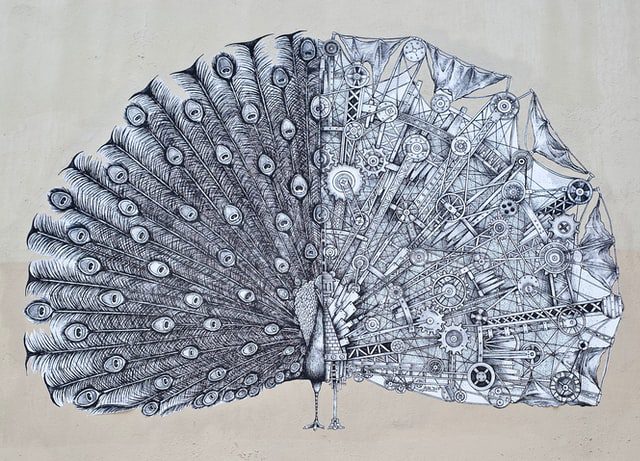
You can decide where you want to go with this activity. It can be as simple or as complicated as you like. You can notice just the instruments, but also the tempo, the array, etc. The possibilities are endless and I believe you will enjoy it very much.
Listen to Concertos
Center on a particular subject. For example, choose a composer, a time period, or a particular genre. An interesting approach is to start with the genre of the concertos.
Concertos are compositions where a solo instrument is accompanied by an orchestra. The instrument could be any and you can easily distinguish its timbre because often it plays solo.
A concerto has three parts or movements. The typical form of one is fast-slow-fast. It is a simple form that gives you a structure that will help you notice the elements around it.
Start with popular concertos, and build your way up. Vivaldi has a lot of concertos for all kinds of wind and string instruments. It is a great way to start because he was from the Baroque (you could say early works). Also, because you can find a lot of solo instruments, you will learn to distinguish many instruments.
Listen to the concerto for lute in D major. It is beautiful and you can easily spot the parts where the lute is playing. Above all, enjoy it.

Going Further
With any art activity, you can go as far as you want. You can sit down, enjoy the music, and listen to some of the elements mentioned above. Also, you can go even further and mix different arts. Consider engaging in visual arts while you listen to music.
Abstract Art
Draw, paint, doodle, or color while you listen. Observe your feelings. Bring your perceptions to the experience, and observe what the music is making you feel. For example, it could be a vivid tone but it is reminding you of a sad experience. That is absolutely fine. The importance here is to notice, to let your soul speak.
When you start to listen to yourself instead of suppressing those feelings, you start to know yourself better. Also, you can deal better with different situations that may arise.
Let the music be a source of inspiration, rather than a rigid structure that imposes you what you should feel. Let music be your companion and immerse in it to cheer up, comfort, or guide you throughout your life.

Draw a Path
When you look at a person’s body you see a contour or a gesture. The same happens with a song. Imagine that you are drawing the structure of the song. You can choose different paths to follow. For example, draw a path of the melody or a path of the dynamic of the composition.
A path of the melody is related to frequency, how the notes are higher or lower relative to each other. Don’t worry if you don’t know or if you don’t have the diagram “right”. The importance is to listen with focused attention to be present.
When you draw a sketch of the dynamics you are focusing on the intensity of the sound. Listen to how loud or soft the composition is, and accordingly, draw the path you feel.

I hope you enjoy this experience and you start to incorporate classical music appreciation as a fulfilling routine. Share it with the ones you love.
What do you think about classical music appreciation? How do you approach music? Would you recommend this enriching activity to everyone you know?

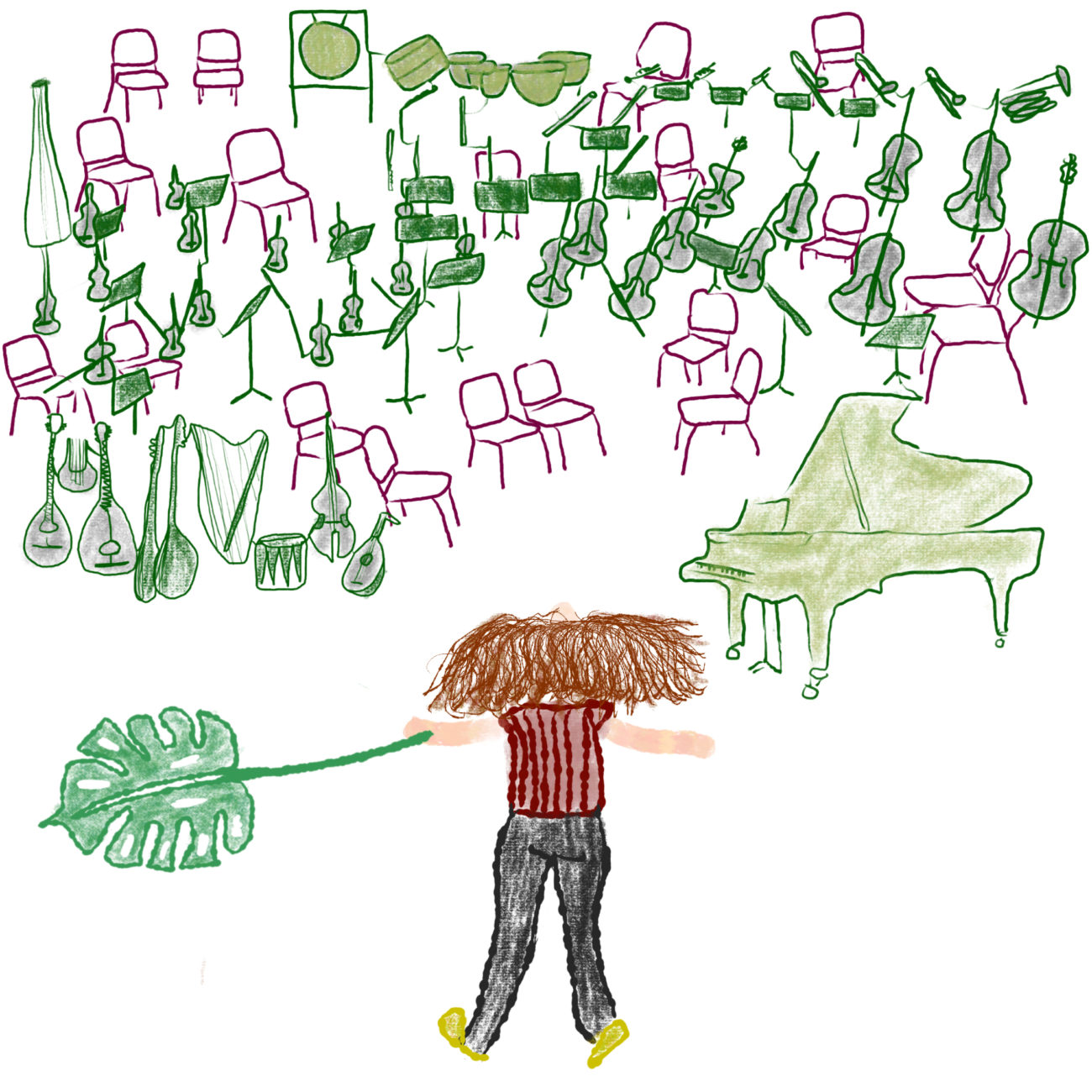

I studied music appreciation for a long time so its so nice to reconnect to it through this blog. I forgotten about its benefits and all the elements within music that can be so powerful by just appreciating sounds. Sometimes, like you say, I could focus on one element at a time. Then play with that element and try to internalise it. Then start adding more and more elements. For me the combination of elements mixed with the specific time in my life or what I am living at the moment gives it a meaning. For instance, hope, love, empowerment are usually tied with the music and then I feel that by listening I get a little dose of it 🙂 Great article!
Thanks so much for your comment! I really enjoyed reading it. I get what you mean when you say you internalize the element. It is like it speaks through you and your feelings. I’m glad you liked the post. Best wishes. ????